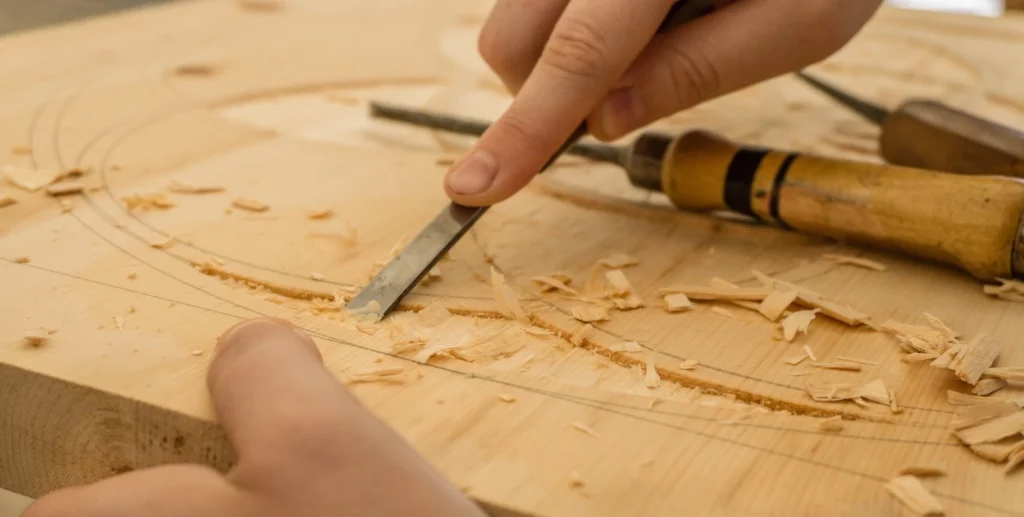Venturing into the Wide Variety of Sand Paper Types
Sandpaper, also known as abrasive paper, is a versatile tool used in various industries and DIY projects. It is a sheet of paper or cloth with an abrasive material attached to one side. Sandpaper is primarily used for smoothing surfaces, removing material, and preparing surfaces for painting or finishing. With a wide variety of sandpaper types available in the market, it can be overwhelming to choose the right one for your specific needs. In this article, we will explore the different types of sandpaper, their uses, and the factors to consider when selecting the appropriate sandpaper for your project.
Understanding Grit and its Importance
Grit is a measure of the size of the abrasive particles on the sandpaper. It determines the coarseness or fineness of the sandpaper and plays a crucial role in achieving the desired surface finish. The higher the grit number, the finer the abrasive particles, and the smoother the surface it can achieve. Conversely, lower grit numbers indicate coarser particles, suitable for heavy material removal or rough surface preparation.
When selecting sandpaper, it is essential to consider the grit size that best suits your project. Fine grit sandpaper, typically ranging from 180 to 320 grit, is ideal for finishing and smoothing surfaces. Medium grit sandpaper, ranging from 80 to 120 grit, is suitable for general-purpose sanding and material removal. Coarse grit sandpaper, ranging from 40 to 60 grit, is used for heavy material removal and shaping rough surfaces.
Types of Sandpaper
1. Aluminum Oxide Sandpaper
Aluminum oxide sandpaper is one of the most commonly used types of sandpaper. It is versatile and suitable for a wide range of applications. Aluminum oxide is a synthetic material that provides excellent durability and long-lasting performance. It is ideal for sanding wood, metal, and painted surfaces. Aluminum oxide sandpaper is available in various grit sizes, making it suitable for both fine finishing and heavy material removal.
2. Silicon Carbide Sandpaper
Silicon carbide sandpaper is another popular type of sandpaper known for its exceptional cutting ability. It is harder and sharper than aluminum oxide sandpaper, making it suitable for sanding hard materials such as glass, ceramics, and stone. Silicon carbide sandpaper is also commonly used for wet sanding applications due to its waterproof properties. It is available in various grit sizes, allowing for both fine finishing and aggressive material removal.
3. Garnet Sandpaper
Garnet sandpaper is a natural abrasive material derived from garnet minerals. It is an excellent choice for woodworking projects due to its ability to produce a smooth finish without scratching the surface. Garnet sandpaper is commonly used for sanding bare wood, preparing surfaces for staining or painting, and removing old finishes. It is available in various grit sizes, ranging from fine to coarse.
4. Emery Paper
Emery paper is a type of sandpaper that uses emery as the abrasive material. Emery is a natural mineral consisting of corundum and magnetite. Emery paper is known for its versatility and is commonly used for both dry and wet sanding applications. It is suitable for sanding metal, wood, and plastic surfaces. Emery paper is available in various grit sizes, allowing for different levels of surface finish.
5. Wet Dry Sandpaper
Wet dry sandpaper, as the name suggests, is designed for both wet and dry sanding applications. It is made with a waterproof backing material, allowing it to be used with water or other liquids. Wet dry sandpaper is commonly used for automotive refinishing, metal polishing, and woodworking projects. It is available in various grit sizes, providing versatility for different surface finishes.
Choosing the Right Sandpaper for Your Project
When selecting sandpaper for your project, several factors should be considered:
- Material: Determine the type of material you will be sanding. Different materials may require specific types of sandpaper. For example, wood may require a different type of sandpaper than metal or glass.
- Surface Condition: Assess the current condition of the surface you will be sanding. If it is rough or has old finishes, you may need a coarser grit sandpaper for initial material removal.
- Desired Finish: Consider the level of smoothness or roughness you want to achieve. Finer grit sandpaper will produce a smoother finish, while coarser grit sandpaper will leave a rougher surface.
- Application: Determine whether you will be sanding by hand or using a power tool. Some sandpaper types are better suited for specific applications, such as sanding blocks for hand sanding or sandpaper discs for power sanding.
By considering these factors, you can select the appropriate sandpaper that will yield the best results for your project.
Conclusion
Sandpaper is an essential tool for achieving smooth surfaces, removing material, and preparing surfaces for painting or finishing. With a wide variety of sandpaper types available, it is crucial to choose the right one for your specific needs. Understanding the grit size and the different types of sandpaper, such as aluminum oxide, silicon carbide, garnet, emery, and wet dry sandpaper, will help you make an informed decision. By considering factors such as the material, surface condition, desired finish, and application, you can select the appropriate sandpaper that will yield the best results for your project. So, venture into the wide variety of sandpaper types and achieve the perfect surface finish for your next project.



















